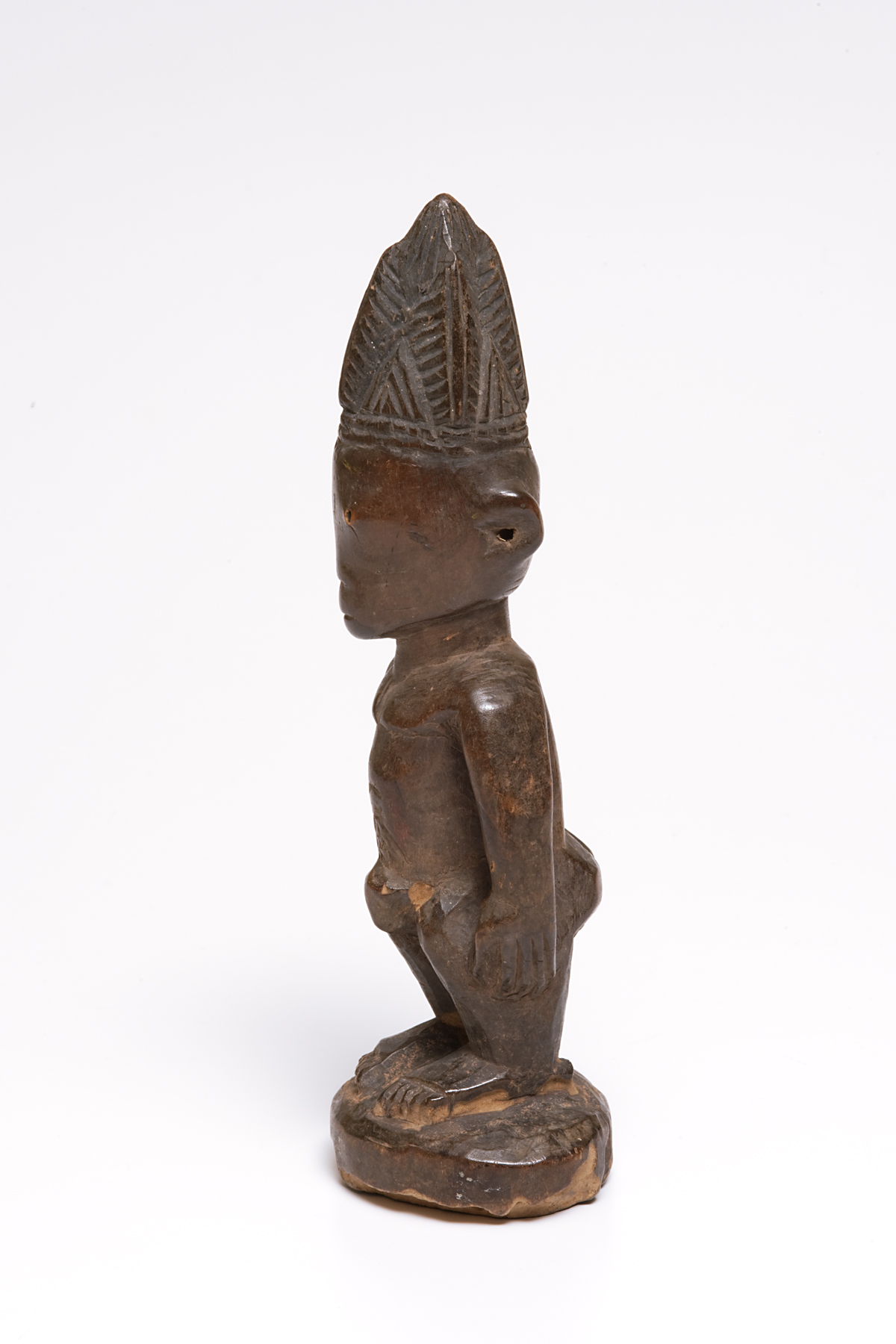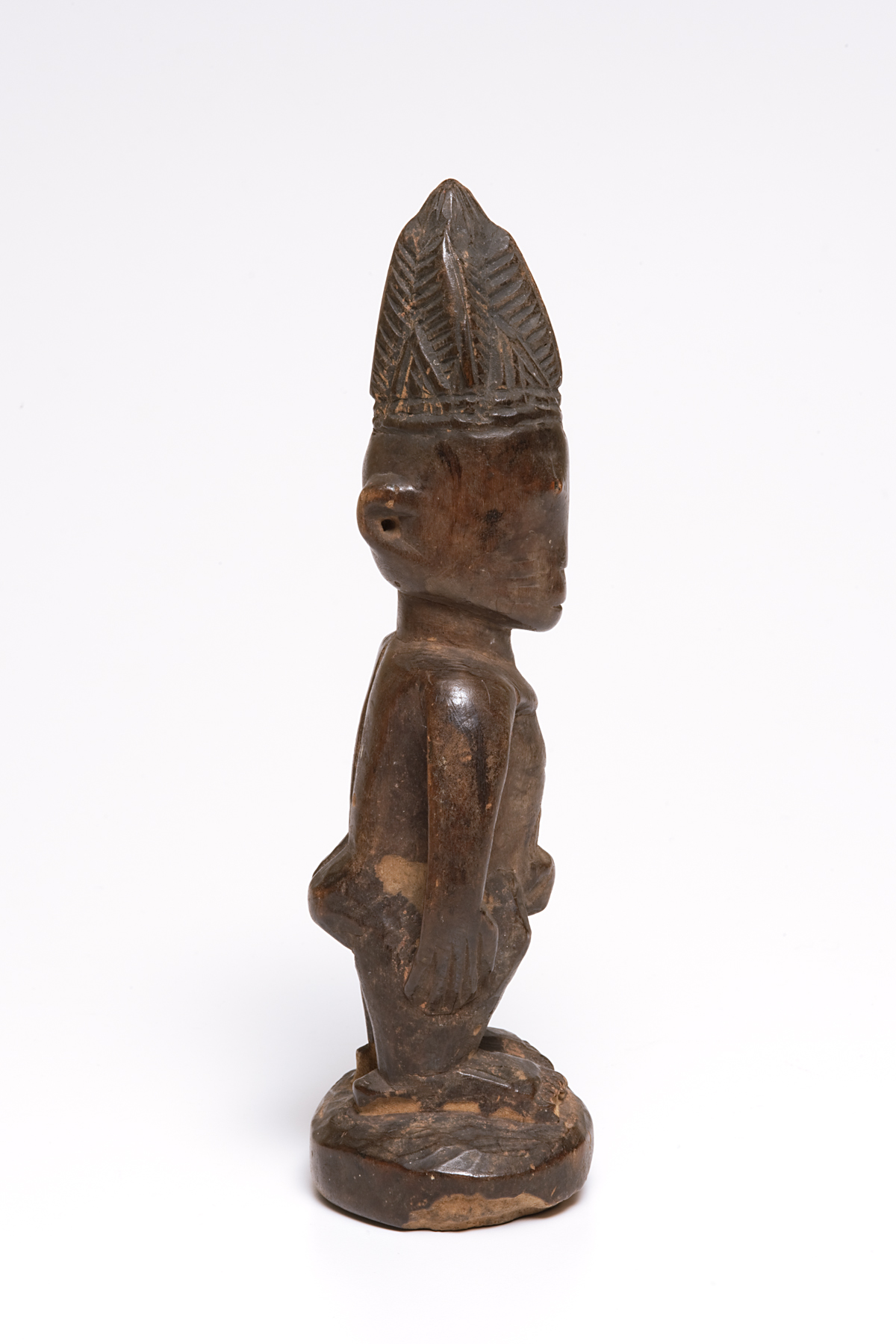ere ibeji (twin figure), unrecorded Oyo artist
Artwork Overview
unrecorded Oyo artist, artist
ere ibeji (twin figure),
circa 1950
Where object was made: North Oyo, Nigeria
Material/technique: carving; wood
Dimensions:
Object Height/Width/Depth (Height x Width x Depth): 25.5 x 8.5 x 7.5 cm
Object Height/Width/Depth (Height x Width x Depth): 10 1/16 x 3 3/8 x 2 15/16 in
Object Height/Width/Depth (Height x Width x Depth): 25.5 x 8.5 x 7.5 cm
Object Height/Width/Depth (Height x Width x Depth): 10 1/16 x 3 3/8 x 2 15/16 in
Credit line: Gift of Larry W. Welling
Accession number: 2007.2715
Not on display
If you wish to reproduce this image, please submit an image request









